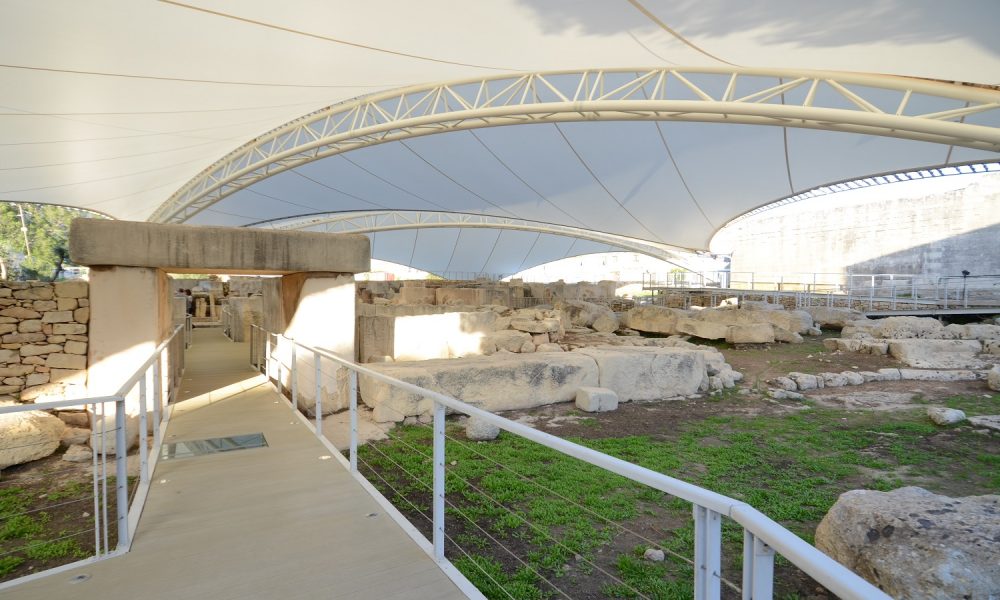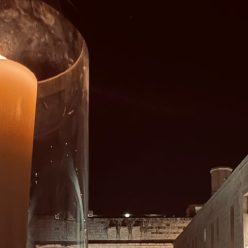In commemoration of the centenary of the 7th June 1919 riots, Heritage Malta in collaboration with the National Archives has launched the exhibition ‘Culhat al Belt: 1919-2019’. The exhibition will be held at the Parliament House in Valletta till 31st August 2019, then it will move to the National Museum of Archaeology in Valletta until the end of the year.
 The context of the exhibition is situated at the end of the First World War; a time of great expectations and also of great disillusions. A new philosophy of freedom and national self determination was pushing for considerable changes. Britain began to deal with increasing pressure for self-government from colonised territories. Although it was clear that the empire had to be reformed to reflect the new twentieth century requirements in order to be sustainable, Britain wanted to ensure that it did not endanger in any way the imperial interests, while also retaining final ultimate power.
The context of the exhibition is situated at the end of the First World War; a time of great expectations and also of great disillusions. A new philosophy of freedom and national self determination was pushing for considerable changes. Britain began to deal with increasing pressure for self-government from colonised territories. Although it was clear that the empire had to be reformed to reflect the new twentieth century requirements in order to be sustainable, Britain wanted to ensure that it did not endanger in any way the imperial interests, while also retaining final ultimate power.
Meanwhile, colonialism had started turning full circle. Europeans had conquered most of the globe with the excuse of spreading Western culture, supposedly superior to that of the conquered territories. This was in fact so successful that conquered territories adopted Western values and principles such as self determination and human rights, and during the twentieth century, they started claiming equality with their conquerors in the name of those very values.
This new movement reached also Maltese shores. An increasing sense of patriotism among the Maltese, bred a need for more political rights and a demand for a self-government constitution. Yet the British rulers were not ready to let go of their ‘fortress island’ that easily.
Revolutionary messages which urged people to claim their rights, the arrest and court martial of leading figure Enrico Mizzi, censorship of the press, the strike and protests of university students, a strong feeling of exploitation and disregard by the foreign authorities, the different treatment and salaries between Maltese and English workers in the dockyard, dismissals from the dockyard, the great scarcity and inflated prices for essential foodstuffs such as bread, and the imposition of new taxes were bringing the Maltese to a boiling point. As Dr Giuseppe Mizzi had observed in the newspaper ‘Malta’ following the first meeting of the Assemblea of 25th February 1919, ‘Only a spark is required for the fire to break out’.
Heritage Malta’s exhibition ‘Culhat al Belt: Sette Giugno 1919-2019’ follows the intriguing factors which eventually led to the revolt of the Maltese people against the British rulers and those considered as their sympathisers on 7th June 1919. It also highlights some of the consequences which emerged once this decisive action was taken.
Latest News
Press Releases | 2nd October 2024
Maltese Shop Facades Under the Spotlight in TOPIA at MUŻA
Press Releases | 2nd October 2024
A Weekend of Wonder at Three Candlelit Heritage Malta Birgu Sites
6th September 2024
More Calls for Applications for the maltabiennale.art 2026






